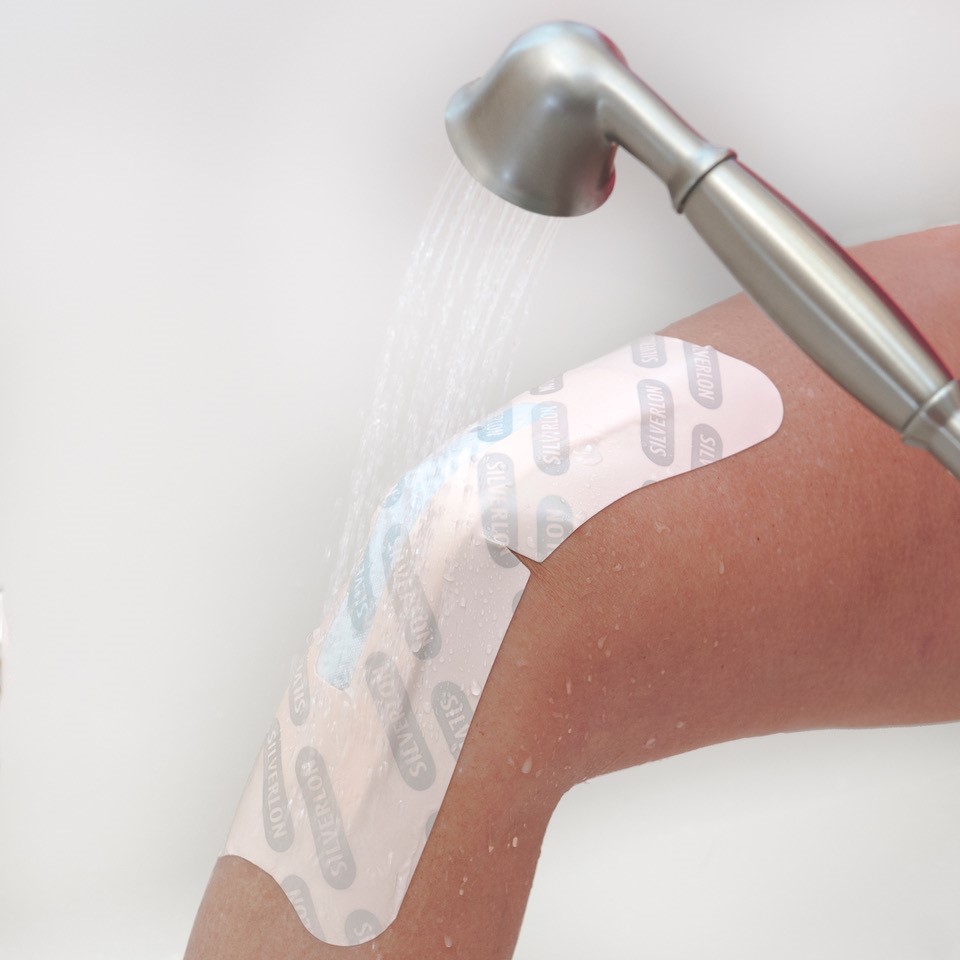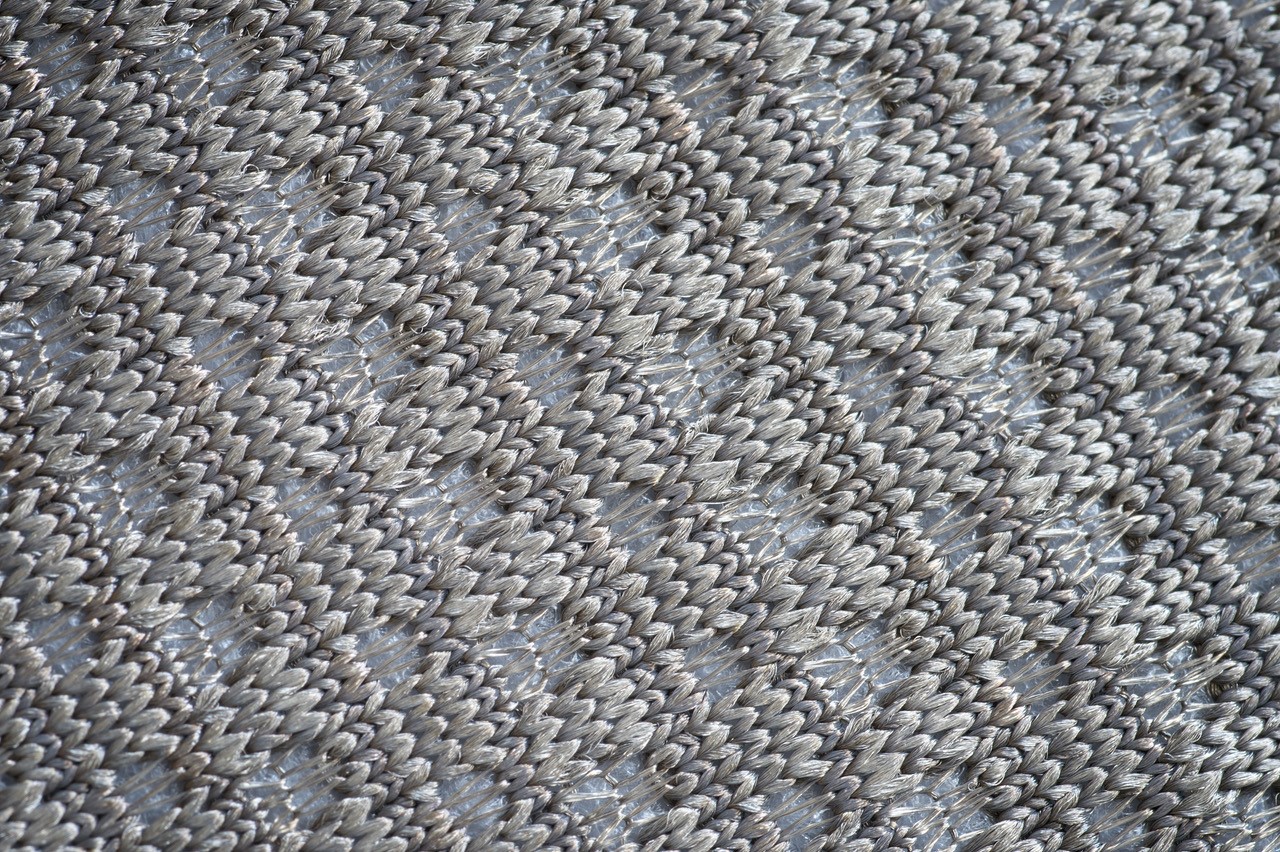It’s not news that silver is a useful tool in the prevention of infections, particularly in surgical and post-surgical settings where patients are often at their most vulnerable. Even so, it’s important for healthcare professionals to approach their use of tools employing silver with mindfulness. There can be dramatic differences in the design of dressings.
Products in the Silverlon line, for example, are put together in a unique way.
“Instead of trying to impregnate something with silver, like a foam or a microfiber, what we’ve done is take a nylon substrate which is very soft, supple, and contouring, and we’ve plated it with pure metallic silver,” explains Raul Brizuela, president and CEO of Argentum Medical, the manufacturer of Silverlon dressings. “Our silver is actually on the surface, on the outside of the dressing instead of trapped inside of the dressing.”
This approach is taken with a variety of Silverlon offerings, all intended to provide increased protection for patients. Further enhancing the effectiveness of the dressings, Silveron products are designed to be activated when applied.
“We ask you to hydrate the dressing and that starts a chemical reaction,” Brizuela says. “That chemical reaction is what’s making the ion release off the surface of the silver. The ion is the killing agent. We’re releasing the ion in the dressing. That’s an important distinction for us. It has an incredibly powerful antimicrobial effect.”
Care is taken to ensure the dressings will provide comfort to the patient and not be compromised by normal physical movements.
The Silverlon Flex is a conforming dressing that will move with the joint. It includes a nylon substrate laminated to a pad which keeps the water in contact with the silver and also absorbs some exudate. It is then laid on a bed of adhesive to create an occlusive dressing. It has a foam tape which is flexible and contours, making it ideal for the knee procedure.

Silverlon has been included in numerous studies that have demonstrated that silver-nylon dressings can offer advantages over standard gauze, helping to improve patient care. (Image credit: Argentum Medical)
These levels of reinforcement reflect the simple fact that patients will quickly depart the healthcare facility. Once they’ve settled back in at home, there’s no staff to monitor the integrity of the dressing.
“Physicians and clinicians go to great lengths to control the environment of their patients so that they’re in clean environments, so that there is minimal manipulation of the wounded area while they’re within the hospital,” notes Brizuela. “But the minute that patient walks out of the hospital, you lose control. This barrier dressing provides them with the protection at home that they enjoyed in the hospital.”
Since the Silverlon Flex is waterproof, patients can even take a shower with the dressing without compromising the seal.
There are strong independent studies validating the effectiveness of Silverlon’s dressings, according to Bryan King, MD, an orthopedic surgeon who presented on recent research around silver dressings at the most recent American Academy of Orthopaedic Surgeons (AAOS) Annual Meeting.
King focused on a recent study by the Harvard Combined Orthopaedic Residency Program, noting it is one of the first studies that’s truly independent. The case study examined two cohorts of patients that got equal treatment. Except for different dressings, everything else was the same. The result was a 54 percent reduction in the rate of prosthetic joint infection when Silverlon dressings were used.
“You’ve got two identical groups of patients that were treated the same,” says King. “And as a result of changing one factor, you have a statistically significant reduction in infection.”

Silverlon wound dressings have a permanently plated metallic surface, which provides the antimicrobial benefits of silver in the dressing without staining the skin and without increasing bioburden. (Image credit: Argentum Medical)
Reducing infections is a goal of all healthcare facilities, but King notes it not as simple as improving numbers for a facility. There’s a real, devastating human cost when patients contract infections.
“I’m a joint surgeon, and a joint infection can be pretty catastrophic to patients,” says King. “If it’s an acute infection, you’re talking about going back in, doing a washout poly exchange. If it’s a more chronic infection, you’re talking about doing a two-stage revision. This can significantly impact the quality of a patient’s life.”
Even minor infections can have a terrible impact, if only on a healthcare provider’s credibility.
“When a patient gets an infection, even when it’s something minute — a superficial skin abscess, something that’s going to resolve with antibiotics, something like that — they lose confidence in their surgeon,” observes King.
With so much to protect, making the right choices is vital. And that truth extends to every part of the patient’s care, including the dressing.




